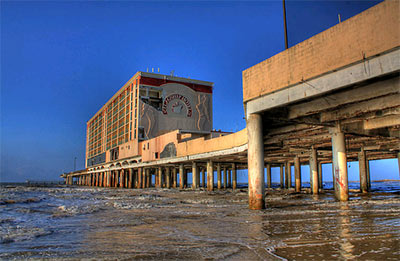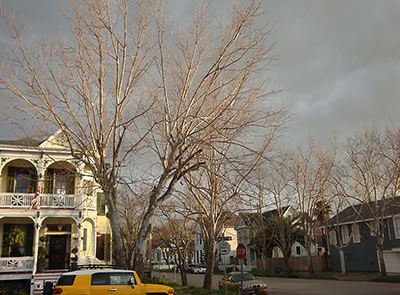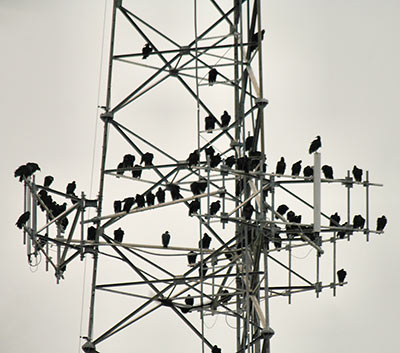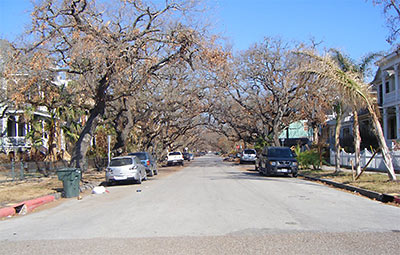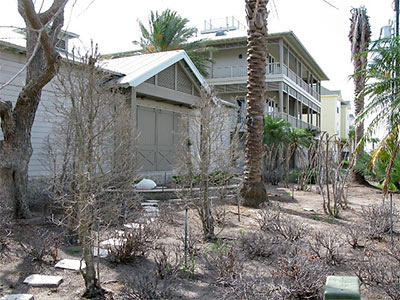
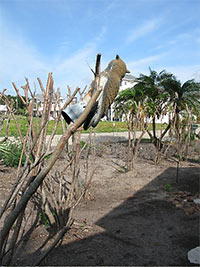
How’d that Granddaddy of all aqua-toned beach houses in Lafitte’s Cove stand up to Hurricane Ike? Joni Webb — who after Verandah magazine is perhaps the home’s greatest fan — shows off some recent pics of the once-grand weekend showcase on her blog, Cote de Texas:
It is here, today, almost a year after Ike, still languishing empty and neglected – a sort of sad, upscale Grey Gardens of Galveston. I’m not sure why it hasn’t been repaired – it all seems like minor, superficial damage, certainly nothing on a par with the slaughter of the Live Oaks going on uptown. But, still, the house has been left to the elements – something that on the beach should always be avoided. Maintenance is a must in the salt air. A loyal Cote de Texas reader happened upon the Aqua House and took new pictures for me.
The home, decorated in all its much-copied aqua glory by Houston designer Babs Watkins, was sold by a later owner shortly before the hurricane hit last year. And then?


